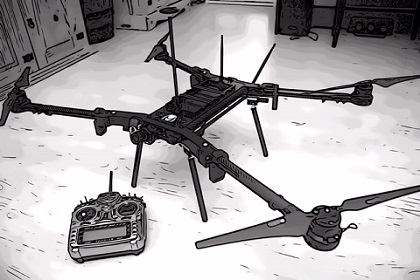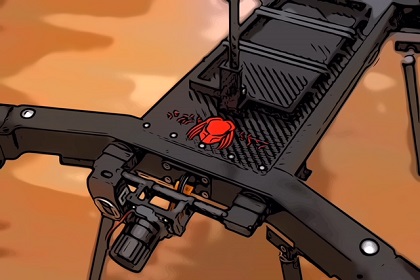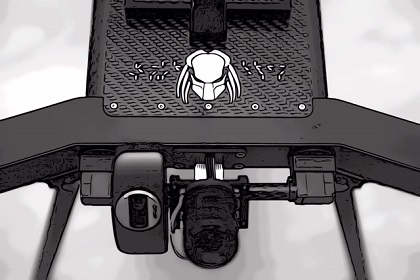Thanks for the nice words.
Since the Flir One-G2 is no longer available other than used from e-bay I have not done too much with the code since 2016. The Flir One G3 is somewhat of a disappointment.
So on to your problems & questions.
P1, yes I have seen that error message, I have no clue as to what it means and the system does seem to continue running. I think it may have to do with Flir's USB stack, but it doesn't seem to cause any problems.
P2, Yes the FFC is a PITA for airborne operations, I believe there is a command to stop the automatic FFC and another to do a manual FFC, but I have not investigated.
Q1, the latest code I had anything to do with is flir8p1. Someone else may have done more with it. My primary goal was to run flir8 on a 3DR Solo on it's iMx6 companion computer. I got this to work, but found that the iMx6 was somewhat underpowered for the job. It took a lot of work to figure out how to recompile u-boot and the kernel, Also the 3.10.17 kernel really needs updating to a much more recent version to allow running gstreamer 1.0, and that proved to be more than I was willing to put any more time into.
It is still an interesting project and the potential for S&R, inspections is really great. The cost of one Flir Vue or Flir DUO is more than several 3DR Solo's + Flir One G2's.
Q2, to do that one would have to tweak the Lepton 3 as well as the code in the onboard ARM processor. a) this may not be a good idea for ITAR/Wassamer reasons, b) the onboard ARM processor may not be able to process more than 9fps. 3) your external processor would have to process a lot more data too, which may be beyond it's capabilities, the Solo's iMx6 is almost out of it's league at 9fps, any more would require an auxiliary processor, if you could get the first two parts to work, IMHO, financially it would make more sense to by some other camera.
Q3, not with the flir8 code, it's open source, have at it, and best of luck.
I like your Predator!! Fawn + John Deere => "Bad Things(tm) happening to Bambi"
First of all thank you @tomas123 & @cynfab for the brilliant work!
I am using the "flir8p1-gpl" Driver (11/2016) in conjunction with EZ-Wifibroadcast on a Reconnaissance & Inspection drone project. The FlirOneG2 is connected to a Raspberry Pi0 which is mounted to the drone.
The Pi0 running EZ-Wifibroadcast streams a digital HD-Video feed and the FlirOneG2 Thermalvideo wirelessly to the Ground where it can be displayed via HDMI (or on a tablet). The same WiFi link (bi-directional) is also used to control the drone.
The range is up to 8km. #mind-boggling 
It was excessive work to get everything working but finally I succeeded.
However some minor problems (P) and questions (Q) remain and I hope I can get some help and guidance here 
P1.) I noticed that quite often I get the "reset buffer because of bad Magic Byte" error. The system will continue working but that feels somehow uncomfortable (and I think it also drops some frames?)
P2.) The FCC shutter is quite annoying during Air operations. Is there a parameter on the driver how to disable this calibration or at least do it less often?
(everytime the video freezes for a sec the pilots heart almost stops)
now for the questions:
Q1.) Is "flir8p1-gpl.tar" (as from 11/2016) the latest version of the driver? User rbalint wanted to publish it on GitHub after tomas123 & cynfab gave their okay for the license.
(However rbalint never wrote again or publsihed the GitHub link  ? - do i miss anything?)
? - do i miss anything?)
Q2.) Is it possible to get more then the ~9fps from the camera? I noticed that the linux password for the camera has been revealed. Has there been any attempt to remove this limitation or is the 9fps limitation hardware wise?
Q3.) Is there a way to change the color-palette without restarting the Driver?
Thank you so much for your help and terrific work.
BTW: That's how my little project (codename: Predator) looks like... It is used for good ( saving fawns during harvest season)


